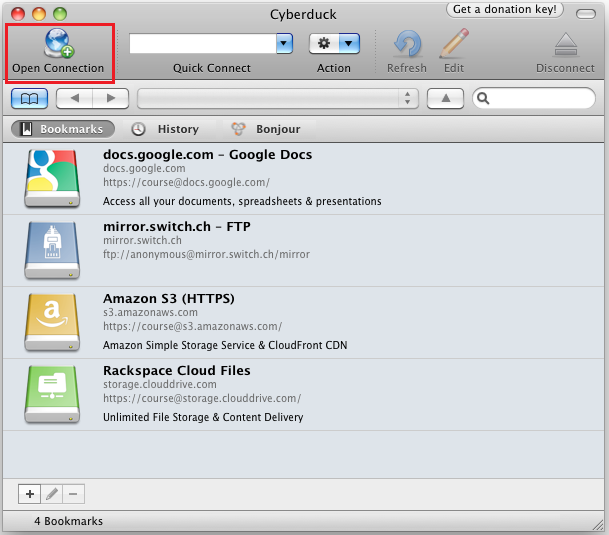Lesson 4: Finding Files on Your Computer
/en/macosbasics/working-with-files/content/
The architecture of macOS describes the layers of the operating system that is the culmination of Apple Inc. 's decade-long research and development process to replace the classic Mac OS. 4440 Fit Bodies, Fat Minds, Os Guinness 3319 Land deed genealogy of Rutherford County, Tennessee - 1804-1813 Earliest Land Grants on Stones, Duck & Elk Rivers, Helen Crawford Marsh, Timothy Richard Marsh 669X Electrochemistry, Carl H. Hamann, Andrew Hamnett, Wolf Vielstich. Upload; No category. User manual OCCASIONAL PAPERS IN ARCHAEOLOGY 47 OCCASIONAL PAPERS IN ARCHAEOLOGY 47.
Finding your files
In the previous lesson, we talked about how folders can help to keep your files organized. However, there may be times when you'll have trouble finding a certain file. If this happens to you, don't panic! The file is probably still on your computer, and there are a few good ways to find it. In this lesson, we'll show you some techniques you can use to find your files.
Watch the video below to learn more about finding files in macOS.
Microarchaeology Mac Os Download
Common places to look for files
If you're having a difficult time finding a file, there's a good chance you can find it in one of the places below.

- Recent Items: If you recently edited the file you need, you can try looking in the Recent Items list. To view it, click the Apple icon in the top-left corner of the screen, then select Recent Items from the menu. A list of recently used applications and files will appear. If you see the file you need, click it to open it.
- Downloads: By default, your computer will place downloaded files in a specific folder, known as the Downloads folder. If you're having trouble finding a file you downloaded from the Internet, like a photo attached to an email message, this is the first place you should look. Locate and click the Downloads folder on the right side of the Dock. A list of your downloaded files will appear above the folder.
- Default folders: If you don't specify a location when saving a file, macOS will place certain types of files into default folders. For example, if you're looking for a Microsoft Word document, search for it in the Documents folder. If you're looking for a photo, try the Pictures folder. Most of these folders will be accessible from the Sidebar on the left of the Finder window.
- Trash: If you deleted the file by mistake, it may still be in the Trash. You can click the Trash icon on the Dock to open it. If you find the file you need, click and drag it back to the desktop or to a different folder.
Searching for files
Let's say you recently downloaded a few photos that were attached to an email message, but now you're not sure where these files are on your computer. If you're struggling to find a file, you can always search for it. Searching allows you to look for any file on your computer.
Microarchaeology Mac Os Catalina
To do this, click the Spotlight icon in the top-right corner of the screen, then type the file name or keywords in the search box. The search results will appear as you type. Simply click a file or folder to open it.
You can also click Show All in Finder at the top of the results to see the location of the files in a new Finder window.
Tips for finding files
If you're still having trouble finding the file you need, here are some additional tips.
- Try different search terms. If you're using the search option, try using different terms in your search. For example, if you're looking for a certain Microsoft Word document, try searching for a few different file names you might have used when saving the document.
- Open the last application used to edit the file. If you know you used a certain application to edit a file, open that application and select File > Open Recent from the menu. The file may appear in the list of recently edited files.
- Move and rename the file after finding it. Once you've located the file, you may want to move it to a related folder so you can find it more easily in the future. For example, if the file is a photo, you might move it to your Pictures folder. You may also want to give it a related file name that will be easy to remember. You can review our lesson on working with files to learn more about managing files.
/en/macosbasics/common-computer-tasks/content/

